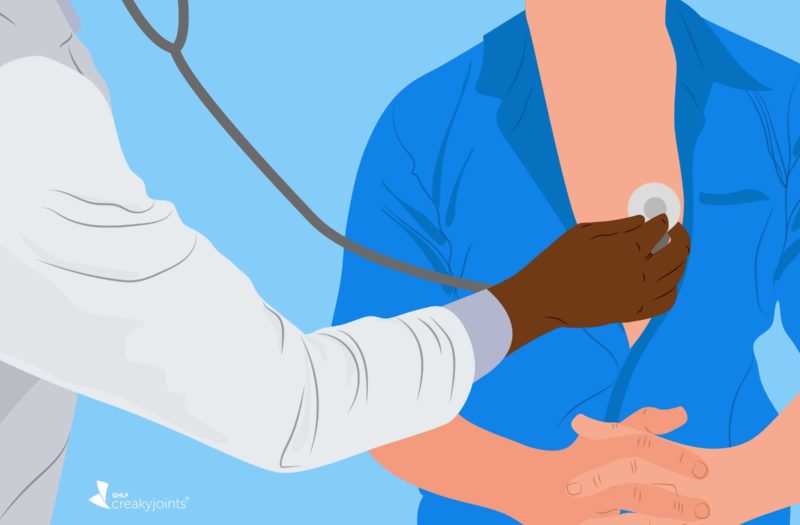Decades ago, if you had a question about your health or were feeling ill, you would have likely reached out to the physician who’d been caring for your entire family for many years. Whether you waited for a house call or traveled to the doctor’s office, there wasn’t any question about where to turn for medical advice or who would coordinate your care if you needed to be hospitalized or enlist a specialist.
Nowadays, geographic mobility and health insurance requirements have made such a long-term relationship with one trusted provider a rarity. But do you at least have a go-to person you could call upon if you woke up sick tomorrow or wanted to discuss preventive care? For a growing number of Americans, the answer is no.
According to a new study, published in the journal JAMA Internal Medicine, 25 percent of Americans did not have a primary care provider as of 2015, and that number appears to be part of a declining trend. Researchers compared data from that year with data taken from 2002 and found that the percent of Americans with a primary care provider had decreased 2 percent during that time.
A 2 percent drop might not sound like a lot, but it translates to “millions and millions of people,” lead author David Levine, MD, told Reuters.
Younger people are more likely than older adults to lack a primary care provider. Between 2002 and 2015, “receipt of primary care decreased for every decade of age except for Americans in their 80s, with statistically significant reductions for those in their 30s, 40s, and 50s,” the authors wrote. “For example, 71 percent of Americans in their 30s had primary care in 2002 compared with 64 percent in 2015.”
Given the prevalence of walk-in clinics and the number of medical specialists in the mix — perhaps you regularly see a rheumatologist, allergist, or cardiologist — you might question whether having a primary care provider even matters.
However, research has shown that people who see a primary care provider are less apt to die prematurely, probably because they have better continuity of care. They’re also more apt to get recommended screenings like mammograms and colonoscopies.
If you have a rheumatologist that you see frequently, you may think of them as a primary care doctor, but it may also be beneficial to have a separate family or internal medicine doctor that can help manage health issues separate from your musculoskeletal ones, including coordinating care to prevent and manage comorbidities, such as heart disease.
If you don’t currently have a primary care doctor, consider asking friends and/or any specialists you’re seeing for a referral to one.
Be a More Proactive Patient with ArthritisPower
Join CreakyJoints’ patient-centered research registry to track your symptoms, disease activity, and medications — and share with your doctor. Learn more and sign up here.
Keep Reading
Carroll L. Declining numbers of Americans have a primary care provider. Reuters. December 16, 2019. https://www.reuters.com/article/us-health-pcp-trends/declining-numbers-of-americans-have-a-primary-care-provider-idUSKBN1YK1Z4.
Gonzalez P. Why do you need a primary care physician? Harvard Health Publishing. August 19, 2019. https://www.health.harvard.edu/blog/why-do-you-need-a-primary-care-physician-2019081917527.
Levine DM, et al. Characteristics of Americans With Primary Care and Changes Over Time, 2002-2015. JAMA Internal Medicine. December 2019. doi: http://dx.doi.org/10.1001/jamainternmed.2019.6282.
The Case for Primary Care. Primary Care Progress. https://www.primarycareprogress.org/primary-care-case.






